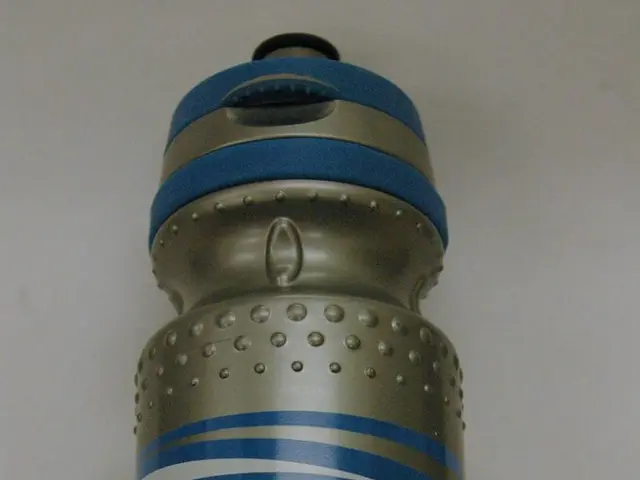Surgical Replacement of the Ankle: Process and Healing Timeline
In the realm of joint replacement surgeries, ankle replacement, or ankle arthroplasty, has emerged as a potential solution for individuals suffering from advanced arthritis. This article aims to provide a clear and concise overview of the procedure, its benefits, risks, and recovery process.
Ankle replacement surgery involves replacing damaged bone and cartilage in the ankle joint with an artificial joint called a prosthesis. The procedure typically takes between 1 hour to 90 minutes and is usually effective, with a survivorship rate of 88.3% after 9 years, according to a 2023 review of past research.
During the surgery, a healthcare professional may administer general anesthesia or spinal anesthesia. The surgeon will make an incision at the front of the ankle and repair any ligaments and other tissues around the joint before removing the lowest part of the tibia and upper part of the talus bone, as well as any damaged cartilage. A prosthesis consisting of two metal or plastic plates is then attached.
After the surgery, a person will not be able to put weight on the ankle and may use crutches, a walker, or a wheelchair to leave the hospital. The wound will be sealed with stitches, and a healthcare professional will dress it with bandages.
Managing pain and swelling after surgery is crucial. A doctor will advise on this, which may include taking medications, using ice or elevating the leg, and resting. Staying hydrated can help a person avoid constipation after surgery, but if constipation occurs, a doctor may recommend a laxative.
While ankle replacement can significantly relieve pain and improve mobility, it carries risks common to major joint surgeries plus some specific concerns about implant wear and infection. Common risks and complications associated with ankle replacement surgery include infection, blood clots (such as deep vein thrombosis and pulmonary embolism), nerve damage, implant loosening or wear, persistent pain or instability, and complex regional pain syndrome (CRPS).
Infection in the ankle joint is a serious but rare complication occurring in less than 1% of patients. If infection occurs, it may require additional surgery to remove the infected implant and possibly convert the joint to a fusion, as repeat ankle replacements after infection are uncommon.
Blood clots, including deep vein thrombosis (DVT) and pulmonary embolism (PE), are risks after major surgery like ankle replacement. Preventative measures are usually taken to reduce this risk.
Nerve or blood vessel damage can occur, potentially leading to numbness, weakness, or circulatory problems around the ankle. Implant loosening or wear is a notable concern, as ankle replacements are generally less durable than hip or knee replacements.
Ankle fusion surgery may be a better alternative for people with many coexisting conditions. Before the surgery, a doctor may advise lifestyle changes such as stopping smoking, reaching a moderate weight, and building strength with regular exercise. A person may be a good candidate for ankle replacement surgery if they have advanced arthritis and conservative treatments like physical therapy have not worked.
Eligibility for ankle replacement also includes people with primary, secondary, or post-traumatic osteoarthritis, as well as those with acute or chronic infections, severe talus damage, significant ligament deformities or instabilities, neuromuscular diseases, severe circulatory disorders, neuropathies, metal allergies, diabetes, weakened bones, excess weight, or smoking.
In summary, while ankle replacement can significantly relieve pain and improve mobility, it carries risks common to major joint surgeries plus some specific concerns about implant wear and infection. Patients are usually counseled about these risks and monitored closely postoperatively to manage complications promptly.
Physical therapy may be recommended as a form of conservative treatment before resorting to ankle replacement surgery, as it can help manage symptoms of osteoarthritis and improve overall health and wellness. The science behind ankle replacement involves replacing damaged bone and cartilage with an artificial joint, known as a prosthesis, to alleviate pain and improve mobility while minimizing the impact of medical conditions like osteoarthritis on an individual's fitness and exercise routine. Staying engaged in fitness and exercise following ankle replacement surgery is crucial for maintaining a healthy lifestyle and promoting faster recovery, but care must be taken to avoid any strenuous activity that could compromise the implant's integrity or lead to complications like infection or implant loosening.







